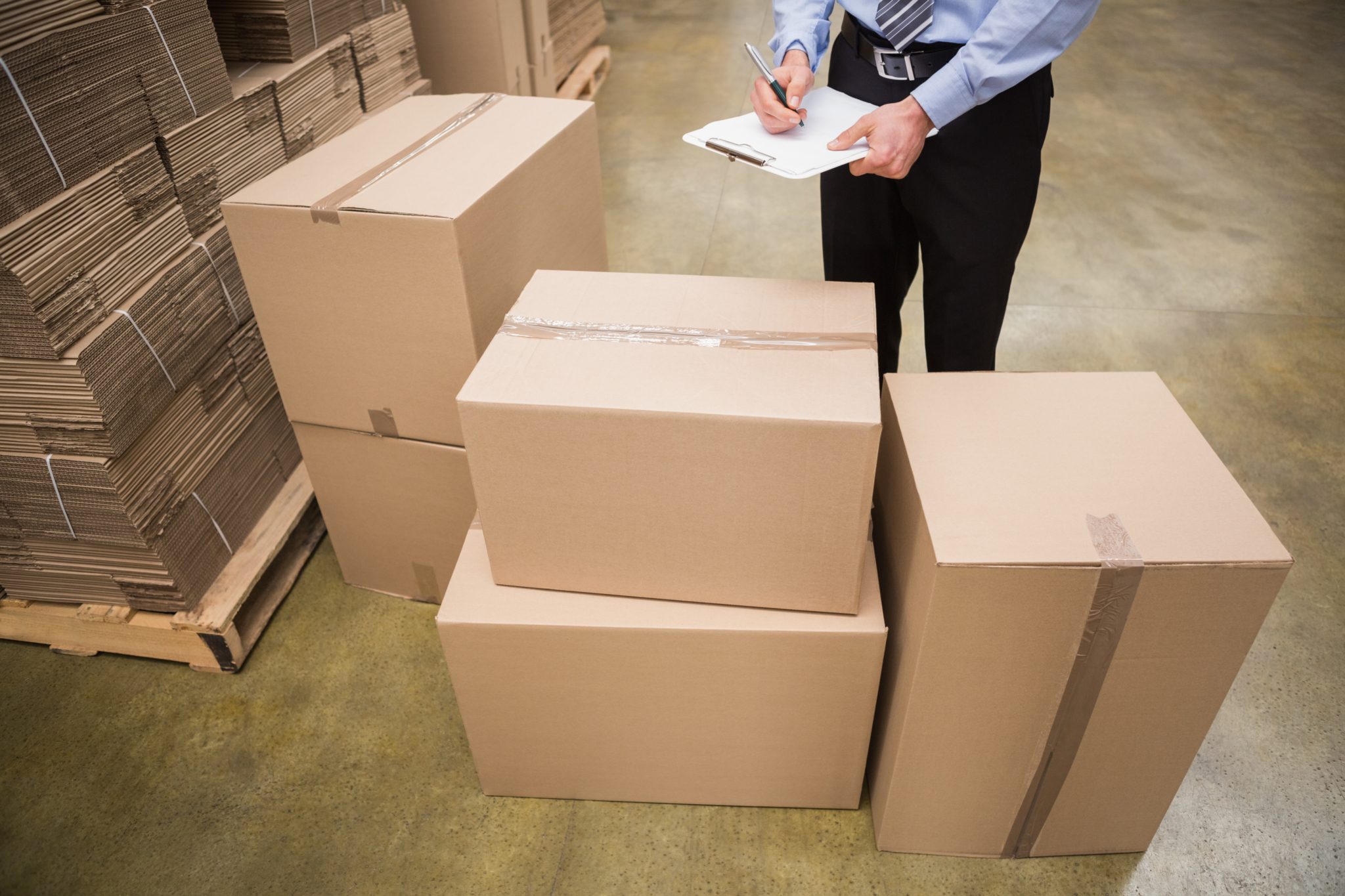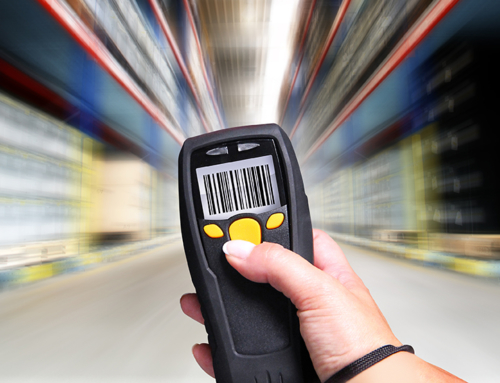Even though 81 percent of supply chain execs now consider big data analytics to be an important technology, even more important than digital supply chains and advancements in the Internet of Things, 89 percent of supply chain organizations are still relying on legacy systems that are reducing or preventing the use of big data, according to reporting by Supply & Demand Chain Executive. In fact, just 40 percent of the companies surveyed said their organizations had the skills and resources to improve their data infrastructure.
If you find yourself in the same boat with your returns management process, there are some simple ways to get into the game without spending a fortune.
Improving Returns Management Technology Overnight
It might seem like a huge boast to claim you can make major upgrades to your reverse logistics facility’s tech overnight, but these days it’s not that far-fetched. Depending on how old your current technology is, your cost and time input may be fairly minimal. Data analytics will absolutely make returns management run smoother and will save you money over the long-term.
Try these tools to get started:
- Supply chain models. Sure, your experience has given you a pretty good idea as to what to expect out of your reverse logistics process, but every once in a while you still get thrown for a loop. Then there are the times when you wonder if you could be doing things more efficiently, but you can’t put a finger on what to change.Both of these scenarios can be better visualized and solved using supply chain modeling software. You can use this sort of software to simulate different situations, from disasters that close regular shipping routes to sudden influxes in incoming packages.
- Artificial Intelligence. There’s nothing wrong with regular intelligence, but adding a little AI into the mix gives you an extra brain to help with the heavy lifting.Your AI could be taught to crunch numbers, used to automate high-volume processes that require very consistent responses or put to work watching out for problems before they happen. Often, AI can fill in for the weaknesses in human intelligence, and human intelligence can do the same for AI. Adding one to your team makes for the best of both worlds.
- Software as a Service (SaaS) and Continuous delivery options. If you’re looking to overhaul your system entirely, there’s nothing that can touch on SaaS and continuous delivery for keeping you on the cutting-edge of returns management software updates.SaaS is a type of software that’s hosted on a rented server off-site, paid for on a subscription basis and managed by a team of IT professionals. Continuous delivery updates are still sent to your local computer, they’re just sent as the updates are available, instead of making you wait for a yearly system-wide distribution. Either will keep you ahead of much of the competition, which is a great place to be.
Big data is changing how reverse logistics and the entire supply chain functions in very significant ways. The best way to stay competitive is to stay on top of these emerging trends, since they’re likely to reduce reverse logistics costs by speeding up and automating the returns process.







Leave A Comment